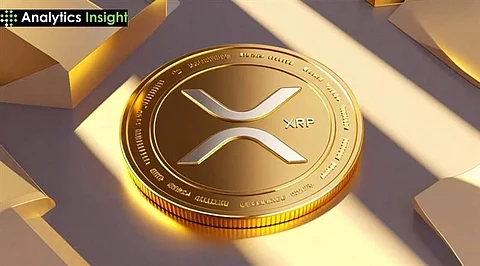

Bill Morgan, a legal expert, discussed the unsubstantiated rumors that the XRP case, which Ripple and the United States Securities and Exchange Commission (SEC) are facing, might drag on into 2026. As a response to those reports on social platform X, Morgan said that such a long stance does not seem probable. He observed that we would have had a long time frame only if Judge Analisa Torres had refused the latest joint motion made by both parties.
As Morgan clarified, rejection of the joint motion may lead to the collapse of the ongoing settlement process, and, therefore, both Ripple and the SEC may decide to file appeals independently. But Morgan considered this result unlikely. In his view, there is a greater likelihood that the judge will reach a practical decision, uphold the existing summary judgment, and allow penalties to take effect.
Recent comments by other legal commentators, such as Bale on X, suggest that the outcome of the XRP case may not be known until late 2026. This statement elicited varied responses within the crypto community. There is a notion that the case has already been settled in some form of informal agreement, whereas some procedural actions still need to be taken.
Morgan disagreed with the late-2026 estimate and underscored that procedural efficiency and Ripple's recent collaboration with the SEC make a closer-term resolution more probable. This, however, is not clear until the court issues a clear order on the joint motion. The community is waiting patiently to hear what happens in court, especially whether Judge Torres has responded to the latest filings. Such developments will determine whether the final penalties will be implemented or the case will face another round of legal proceedings.
Also Read: Will XRP Surpass Ethereum by 2028 on a 250% Rally?
Since Morgan made insightful comments, it is up to the court to make the final decision. This will be determined by the decision made on the existing joint motion and further litigation on the part of any of the parties. The danger of a delayed resolution may still exist if disagreements surface once again.
Morgan reiterated his prior ruling in support of the joint motion, which was an indicative ruling filed on behalf of Judge Torres. Although he mentioned a few concerns with the motion, the decision to approve it was the most probable course of action. If this is granted, the motion would ease the case to a resolution.
The case is currently open, and the legal process is proceeding step by step. Any additional statement that the court issues will be of the essence in determining the final result of this top-notch financial regulation case.
